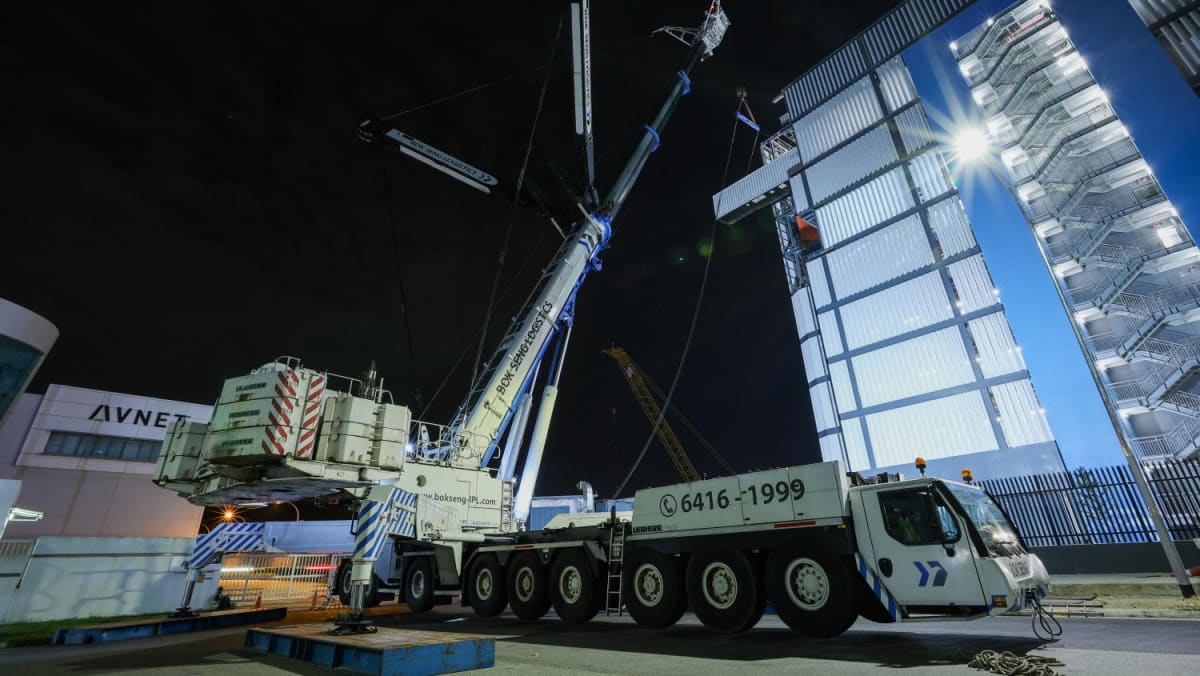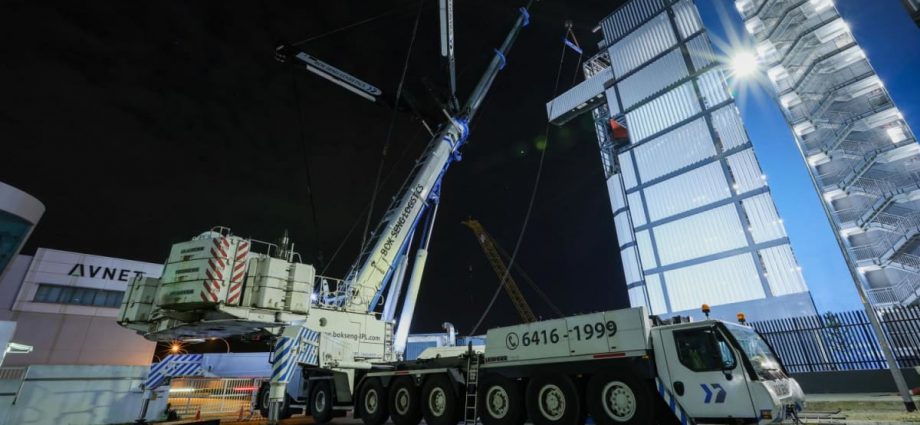
DEALING WITH STIGMA
These challenges only reinforce the underlying stigma around blue-collar work in Singapore, significantly impeding the industry from attracting young locals.
Mr Wong had said at the Singapore Economic Policy Forum in October last year that society places insufficient value on “hands-on” and “heart” work. The former tends to encompass technical roles, while the latter often deals with service and community care roles.
Haulio’s Mr Ea, whose experience managing drivers in his own family business Hub Logistics influenced him to build his company, thinks the stigma has less to do with misconceptions about the job’s salary or career progression. Instead, it stems from a “lack of understanding and awareness” about the industry at all.
Even though a prime mover driver is a “specialist job” that requires unique skill sets, they are “still generically treated as a truck driver”, the 35-year-old said.
The stigma has resulted in an ageing workforce, he suggested, estimating the average age of drivers to be 55, with some even hitting 70.
As many from the older generation in general may not possess paper qualifications, he noted that this could present as a lack of education within the industry, deepening the stigma against blue-collar work.
Similarly, Mr Tan from Bok Seng Logistics estimated that younger drivers account for “less than 5 to 10 per cent” in his decade within the haulage industry.
“The common impression that laymen will have is that such jobs are for less educated people, the salary range might not pay well, and it’s a ‘sweat’ job. So it’s getting challenging for employers like us to engage local drivers,” the transportation manager said.
If someone young finds themselves out of a job, they would usually become a private hire vehicle driver as it provides “a nicer environment” and “it’s flexible”, he added.
“You will definitely be required to work for a certain length of working hours as a prime mover driver. It’s the nature of the job; this can’t be helped. This makes it quite hard for us, because a lot of Singaporeans, especially younger generations, are looking for work-life balance.”
To address hiring concerns, Bok Seng Logistics is looking into “restructuring the salary package and other benefits for drivers”, including seeking assistance from various Government agencies.
Mr Ea takes a different approach with Haulio, seeing digitisation as a way to “do more in this very archaic industry”. It is a crucial step for the haulage industry to attract younger folks, such as those in their 20s and 30s.
“The pains that we really had back then was that we really did not (have) technology at all. We were using a lot of manual processes, pen and paper, to handle a lot of work,” he recalled.
Meanwhile, BCA highlighted that crane operators will “continue to be in demand in the industry as the workforce ages and the industry continues to support housing developments and provision of public amenities, such as hospitals and transport infrastructure, to meet the needs and enhance the quality of life in Singapore”.
Majority of such jobs require the applicants to have O Level or Higher Nitec qualifications, the authority said.

